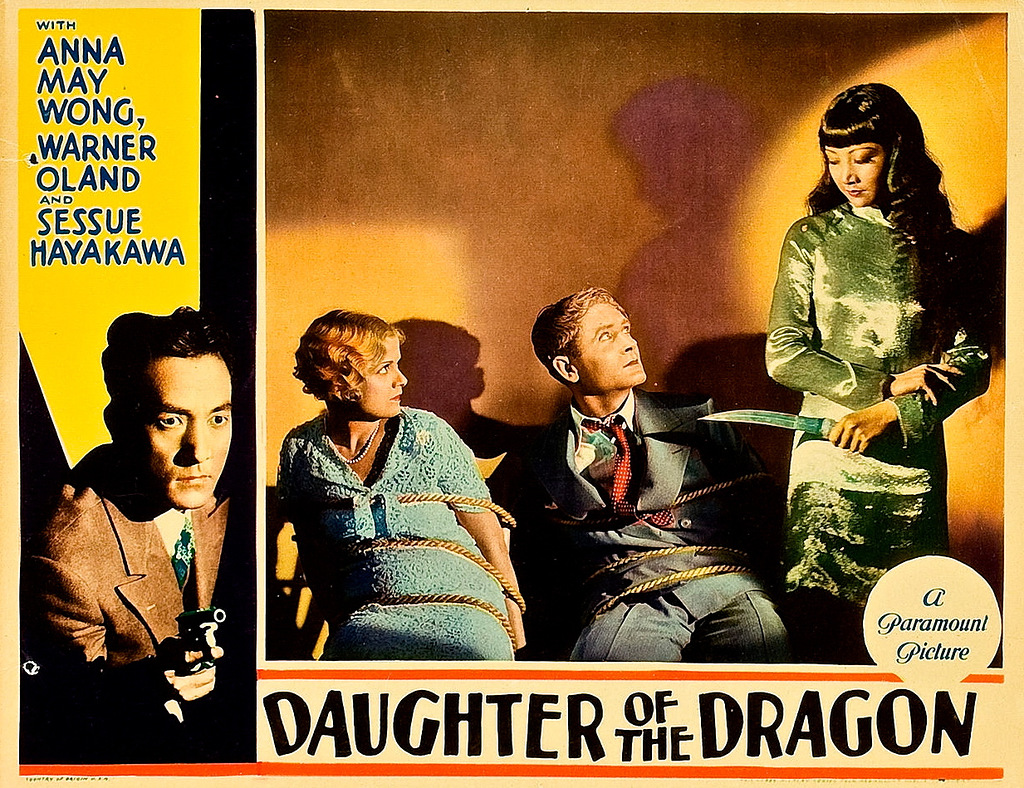History of Asian Women in Cinema
In the 1850s, America experienced its first wave of immigration from the East. Asian cultural norms and the violence faced by incumbent male immigrants allowed for just a few women to immigrate to the United States. The Asian immigrant male diaspora took up blue-collar work which then left women to take up prostitution to sustain a livelihood. Despite the fact that Asian immigrants all worked low-paying jobs, they were still perceived as an economic threat to the livelihood of white Americans. As a result of this, multiple amendments to the entrance and segregation of Asians in America have been marked across America’s history. Focusing on women from the Asia Pacific region, they were legally permitted to arrive as mail-order brides or were confined to jobs in massage centers or brothels.
This segregation was then transferred to cinema around 1930 where Asian characters were first shown on screen. With the 1882 Chinese Exclusion Act still in force, Asian actors were often given marginal roles, usually as sexual figures due to their “exotic” appeal. Anna May Wong was one of the first Asian actors to be seen on screen. Her roles in Movies such as Piccadilly (1929) and Daughter of the Dragon (1931) reduced her image to simply that of a sex symbol who tempts white men into her lair with the task to tame her.
Moving from the image of an exotic seductress, the «submissive» label was attached to the one-dimensional hyper-sexualized Asian woman with movies like Sayonara (1957). Actress Miiko Taka stands beside Marlon Brando and plays the role of an attractive, dutiful, docile companion. This sadly coincides with the end of World War II where during the Battle of Okinawa in 1945, where US forces raided entire villages where close to 10,000 women were raped.
The USA’s history with dealing with East Asian women as sex tokens from foreign lands ties in well with the theme of war. The movie “Full Metal Jacket” contains the infamous scene where a prostitute approaches American soldiers and asks them to pay her to do anything for them. She speaks broken English, with a focus on words explicitly restricted to sexual activity, and continues to dance seductively while flashing the camera at the end of the scene.
Directing our attention to media from the early 21st Century, we see the focus shift to narratives about martial artists turned actors like Bruce Lee. Additionally, on-screen stories about the Asian community were focused on the struggles of assimilation. This then led to the construction of the “model minority myth” whereby the household Asian values of hard work and perseverance were used as arguments to show that the American Dream is attainable by anyone if they work just hard enough, as an excuse for white Americans to not deal with systemic racism that plagues their country.
This myth is highlighted in the character of Christina Yang on Grey’s Anatomy. It must be noted here that although Oh’s character is competitive, stubborn, and ambitious, she does her best to play by the rules of a meritocratic system that is deliberately stacked up against immigrants to excel in her field. Her white peers on the show aren’t held to the same standard of achievement and competence as she is. This underscores the argument of submissiveness (to the meritocratic system, in this case) as an inherent association to Asian on-screen representation.
